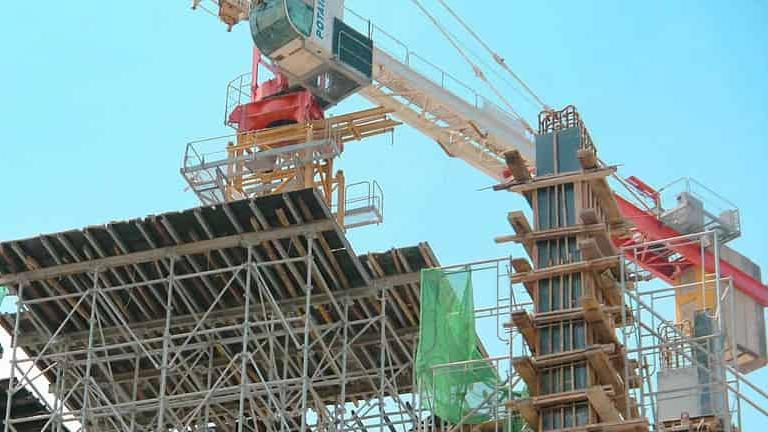
ADTO News
Scaffolding and Formwork How to Optimize for High-Rise Construction
High-rise construction demands a level of precision and coordination far beyond standard building projects. As structures grow taller and more complex, choosing and optimizing the right scaffolding and formwork systems becomes essential—not only for efficiency but also for safety, cost control, and structural performance. By aligning the strengths of both systems, contractors can accelerate progress while maintaining uncompromising quality.

Understanding the Role of Scaffolding in High-Rise Projects
Scaffolding is more than a temporary access structure—it is an operational backbone that supports workers, equipment, and the flow of site activities. In high-rise environments, the following considerations are crucial:
1. Load Capacity and Structural Stability
High-rise scaffolding must withstand heavier loads from materials, tools, and multiple teams operating simultaneously. Systems with reinforced steel tubes, reliable couplers, and rigid bracing ensure greater stability under vertical and horizontal forces.
2. Modular Configurations for Vertical Progress
Modular scaffolding systems allow rapid adjustments as the building ascends. Their flexibility supports façade installation, exterior maintenance, and airtight safety barriers, all while accommodating irregular building geometries.
3. Enhanced Safety Integration
Guardrails, toe boards, anti-slip platforms, and secure anchoring points are essential to meet global safety standards. Properly configured scaffolding minimizes risk and improves workflow efficiency.
How Formwork Supports High-Rise Efficiency
Formwork serves as the structural mold that shapes the building’s core elements—columns, walls, slabs, and beams. In high-rise construction, optimized formwork directly impacts speed and quality.
1. High-Strength Materials for Repeated Cycles
Steel and aluminum formwork systems offer superior rigidity and consistent performance across multiple pours. This is especially critical for high-rise cores that rely on continuous, repetitive casting cycles.
2. Climbing and Self-Climbing Formwork
Self-climbing systems reduce dependency on cranes—an advantage in tall structures where crane time is limited and costly. These systems climb the structure’s core autonomously, enabling uninterrupted casting and faster vertical progress.
3. Precision for Structural Accuracy
High-rise buildings require extremely tight tolerances. Engineered formwork ensures precise alignment, resulting in smoother concrete finishes and reduced rework on subsequent floors.
Integrating Scaffolding and Formwork for Maximum Efficiency
When these two systems work together effectively, they form a synchronized workflow that accelerates construction timelines:
Scaffolding provides safe access and staging around the formwork zones.
Formwork advances the structural skeleton that scaffolding platforms rely on.
Both systems contribute to reducing labor intensity and increasing task predictability.
Choosing compatible systems also minimizes on-site adjustments, improves tower crane utilization, and ensures safer transitions between construction stages.
Conclusion
High-rise construction thrives on efficiency, precision, and safety. By optimizing both scaffolding and formwork systems—selecting robust materials, leveraging modular and self-climbing technologies, and ensuring compliance with global safety requirements—contractors can deliver projects faster and with greater structural integrity. For high-quality construction solutions that support efficient and reliable high-rise performance, adtomall continues to provide dependable products for global project needs.


 Live Chat
Live Chat
